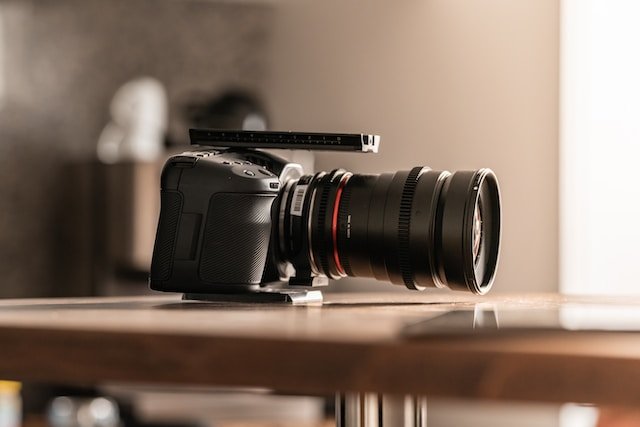Whether you’re a professional photographer or an amateur enthusiast, there’s no doubt that lighting plays a crucial role in capturing amazing photos. The skillful manipulation of light can transform an ordinary scene into something extraordinary, adding depth, drama, and a touch of magic. In this article, we’ll explore some fantastic lighting techniques that will take your photographs to the next level and ensure that you’ll always have those jaw-dropping shots.
1. Golden Hour and Blue Hour:
One of the most well-known lighting techniques in photography is taking advantage of the golden hour and blue hour. The golden hour refers to the period shortly after sunrise or before sunset when the sun’s light is soft, warm, and bathes the environment in a magical glow. Similarly, the blue hour occurs before sunrise or after sunset when the sky takes on a deep blue hue, creating a serene atmosphere. Shooting during these times can create a dreamy, surreal effect that elevates your photos to a whole new level.
2. Use Natural Light:
While artificial lighting has its place, natural light is a photographer’s best friend. During the day, take advantage of natural light sources, such as windows, doors, or openings, to illuminate your subject. The soft, diffused light that seeps through can create a flattering glow, adding dimensions to your images. Experiment with different angles and positions to achieve the desired effect.
3. Play with Shadows:
Shadows can add drama, depth, and intrigue to your photographs. Embrace the shadows to create stunning contrast in your images. For instance, shooting with sidelight can cast enticing shadows on your subject, emphasizing their features and creating a sense of mystery. Additionally, backlighting your subject can create a stunning silhouette effect against the backdrop. Be bold and experiment with shadows to produce captivating and dynamic compositions.
4. Use Reflectors and Diffusers:
Reflectors and diffusers are inexpensive tools that can significantly enhance your photos by manipulating light. Reflectors bounce light onto your subject, reducing harsh shadows and creating a more evenly lit scene. Experiment with different colors and materials to achieve various effects. Similarly, diffusers soften harsh lighting by spreading it evenly over your subject, reducing strong contrasts. They’re especially useful on bright, sunny days, where diffusing the light can create a more pleasing and gentle ambiance.
5. Creative Use of Artificial Lighting:
While natural light is often preferred, there are times when artificial lighting can work wonders. Experimenting with flash, studio lights, or even simple household items like table lamps and fairy lights can add a touch of creativity to your photos. By manipulating artificial lighting sources, you can create unique and mesmerizing effects that cast a magical aura over your subjects. Play around with different colors, angles, and intensities to develop your own signature style.
6. Long Exposure and Light Painting:
To capture truly extraordinary photos, explore the world of long exposure and light painting. Long exposure photography involves using a slow shutter speed to capture motion and create ethereal, dreamlike images. Waterfalls turning into silky curtains, car trails stretching like streams of light, or star trails dancing across the sky – the possibilities are endless with long exposure. Light painting, on the other hand, involves manually adding light to an image using various tools, such as flashlights or LED sticks. This technique allows you to create intricate patterns, write words, or draw pictures using light, resulting in visually striking photographs.
Lighting Magic techniques is the key to capturing amazing photos. By harnessing and manipulating natural or artificial light, you can add depth, drama, and a touch of magic to your images. Whether it’s the soft golden hour glow, the shadows that create contrast, or the artistry of long exposure and light painting, lighting techniques open up a new world of creativity for photographers. So grab your camera, experiment, and let the magic of light enhance your photographs like never before!

